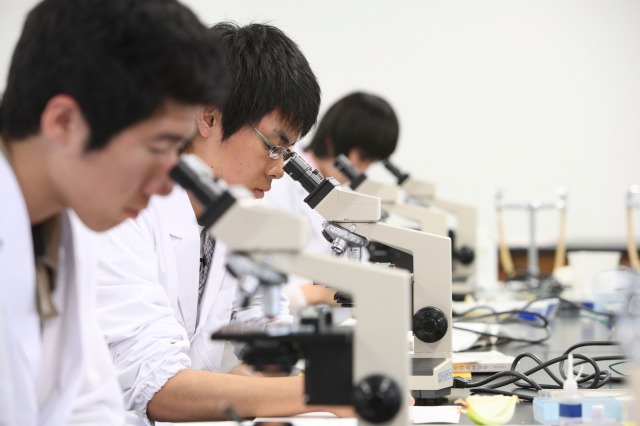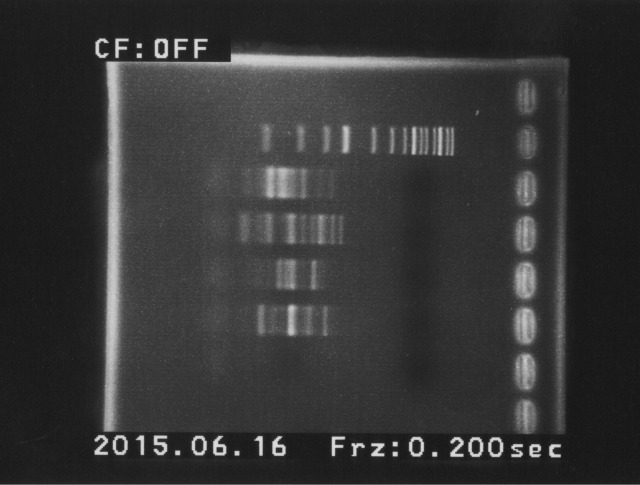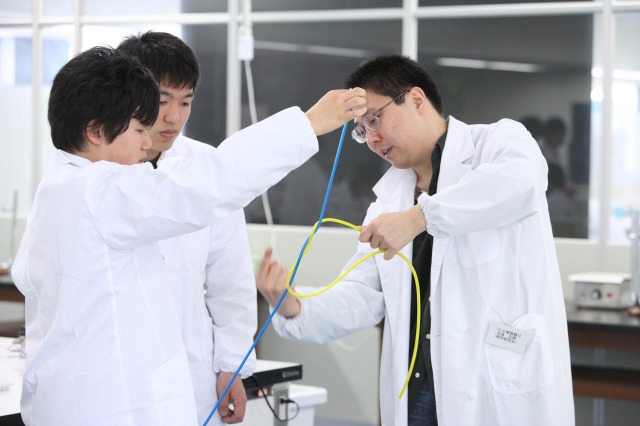Project 10: Cells and DNA

All living organisms are made up of cells; we might say that cells are the smallest entities that may be considered alive. The phenomena of life may be organized into a hierarchy ranging from the molecular level to the level of ecosystems; among the various stages of this hierarchy, the study of life phenomena at the cellular level in particular is an extremely important subject.
In this project, you will use epidermal cells from onion bulbs to make direct observations of “the business of living, dynamic life.” You will also use dyes to make detailed observations of their structure. In addition, you will observe and sketch the sites in cells at which DNA molecules—which are responsible for carrying genetic information—exist.
Project 11: Detection of the differences in genomic DNA sequences from different animals

The genetic information that is passed down from parent to child is carried by DNA. Rapid advances in gene-replacement therapies and techniques for identifying the sequence of bases in a strand of DNA, together with the development of polymerase chain reaction (PCR)—a technique for massively amplifying very small quantities of DNA in a test tube—have made it possible to analyze genomic data. The progress of analytical techniques for DNA has not only influenced a variety of academic fields, but has also come to play important roles throughout society, including in criminal investigations, personal identification, and the development of new agricultural products.
In this project, you will use PCR and electrophoresis to investigate genomic DNA extracted from different living organisms (humans, mice, rats, and zebrafish); in the process you will come to appreciate that “differences between living creatures” are really just differences in genomic DNA.
Project 12: Physics of biopolymers (DNA)

Among the various types of molecules that make up living organisms, biopolymers such as DNA, RNA, proteins, and polysaccharide have high-level structures and exhibit characteristic functionality associated with structural transformation. Human DNA—which, if stretched out, would extend some two meters—manages to fit inside a cell nucleus a few tens-of-micrometers in radius by forming a superhelix structure. To understand this mechanism, it is important to understand structural stability, using the ways in which helical molecules bend and twist as indicators.
In this project, in addition to experiencing the separation of circular DNA and the linear-chain DNA that results from slicing it, you will conduct experiments using rubber tubes to model high-level structural transformations, giving you an opportunity to ponder the relationship between “bending” and “twisting” and the strain energy caused by these motions.